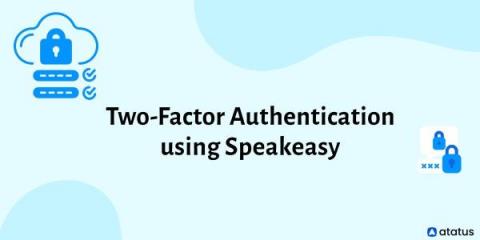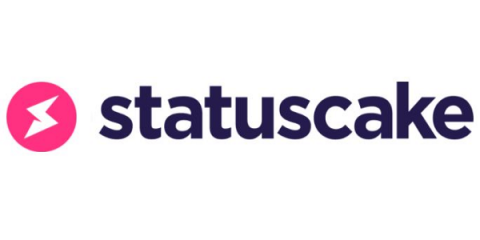Welcoming Kore Labs to the Kong Family!
As Kong continues to expand its global footprint, we recently added Kore Labs, experts in FinTech digital product lifecycle management solutions, to the Kong customer community in the UK. Kore built its cloud-enabled solution on top of Kong in order to revamp its architecture to scale and provide customized solutions for its clients.











